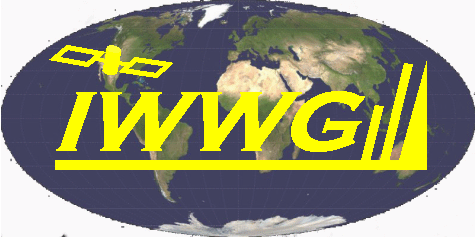Local Horizontal Wind Perturbations Caused By the Hunga Tonga-Hunga Ha’apai Eruption of 15 January 2022
The Hunga Tonga-Hunga Ha’apai volcano in the South Pacific erupted violently on 15 January 2022 at 04:05 UTC. The eruption produced overshooting tops reaching the mesosphere as well as two large umbrella clouds, one in the mid-stratosphere and one near the tropopause. The plume was observed by Himawari-8 from the west and GOES-17 from the east, which allowed the retrieval of height-resolved horizontal plume-motion vectors using stereo methods. NOAA centered an ~1000×1000 km2 GOES-17 mesoscale (MESO1) sector over the volcano at 07:05 UTC to obtain 1-min imagery of the later phase of the eruption. We derived plume motion and geometric height with the 3D Winds automated stereo algorithm by pairing three consecutive GOES-17 MESO1 11.2-μm images with a single near-simultaneous Himawari-8 full disk image.
We report on the evolution of plume motion and height every 10 min over a 7-hr period. The highest overshooting tops reached record-setting altitudes of 55–57 km. The cold near-tropopause umbrella moved eastward and remained between 16–18 km altitude, while the warm stratospheric plume moved westward and decreased in altitude from 34 km to 22 km within the MESO1 domain. The unprecedented plume heights of this eruption offered a unique opportunity to evaluate reanalysis wind profiles in the stratosphere, where wind observations are generally unavailable. We compare the stereo plume-motion winds with collocated ERA5 winds and discuss the perturbations introduced in the local wind field by the eruption. We also refine the eruption timeline by identifying individual explosive updrafts in the plume-top divergence computed from the stereo winds.






